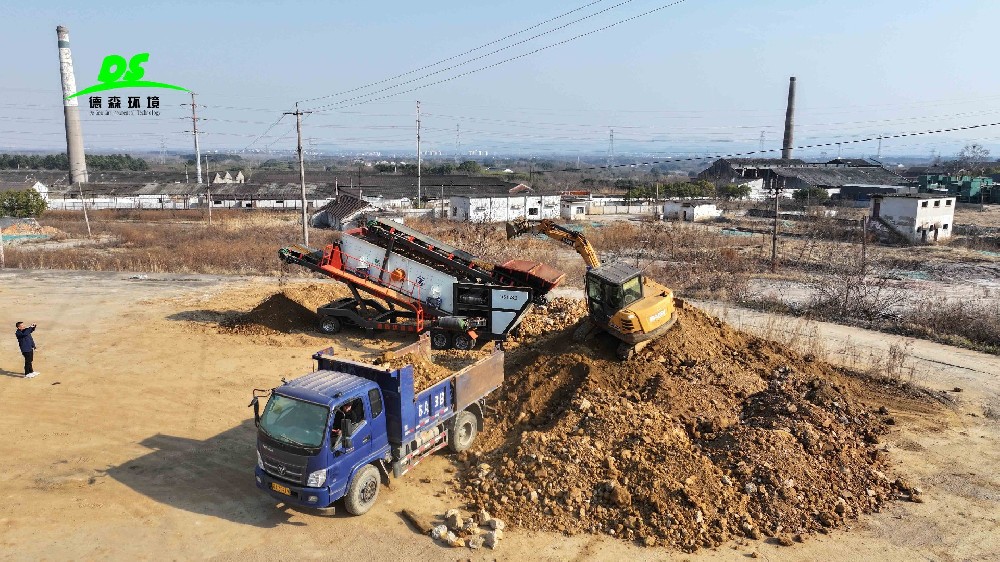Construction Waste Recycling: Desen’s Mobile Screening plant Turns Trash into Building Materials
Construction waste (concrete, bricks, metal, plastic) makes up 30% of global urban solid waste. Landfilling or incinerating it wastes resources and pollutes—but on-site recycling is challenging with inflexible equipment. Traditional mobile screens often can’t separate materials precisely, leading
Construction waste (concrete, bricks, metal, plastic) makes up 30% of global urban solid waste. Landfilling or incinerating it wastes resources and pollutes—but on-site recycling is challenging with inflexible equipment. Traditional mobile screens often can’t separate materials precisely, leading to low-quality recycled aggregates that can’t be reused in construction.

Desen’s mobile construction waste screening plant solves this with **precision sorting and high-efficiency recycling**. The plant includes a drum screen (for size separation), a magnetic separator (for metal), and a wind separator (for lightweight plastics). It processes 50–100 tons of waste per day, separating concrete/brick into graded aggregates (0–5 mm, 5–10 mm, 10–20 mm)—all meeting national standards for road base, backfill, or even low-strength concrete.
A Shenzhen construction site case demonstrates value: the plant processed 1,200 tons of waste over 2 weeks, recovering 900 tons of aggregates (used for a new road on-site) and 60 tons of metal (sold for recycling). Plastic waste was sent to a specialized facility, cutting landfill needs by 80% and saving $20,000 in disposal fees.





